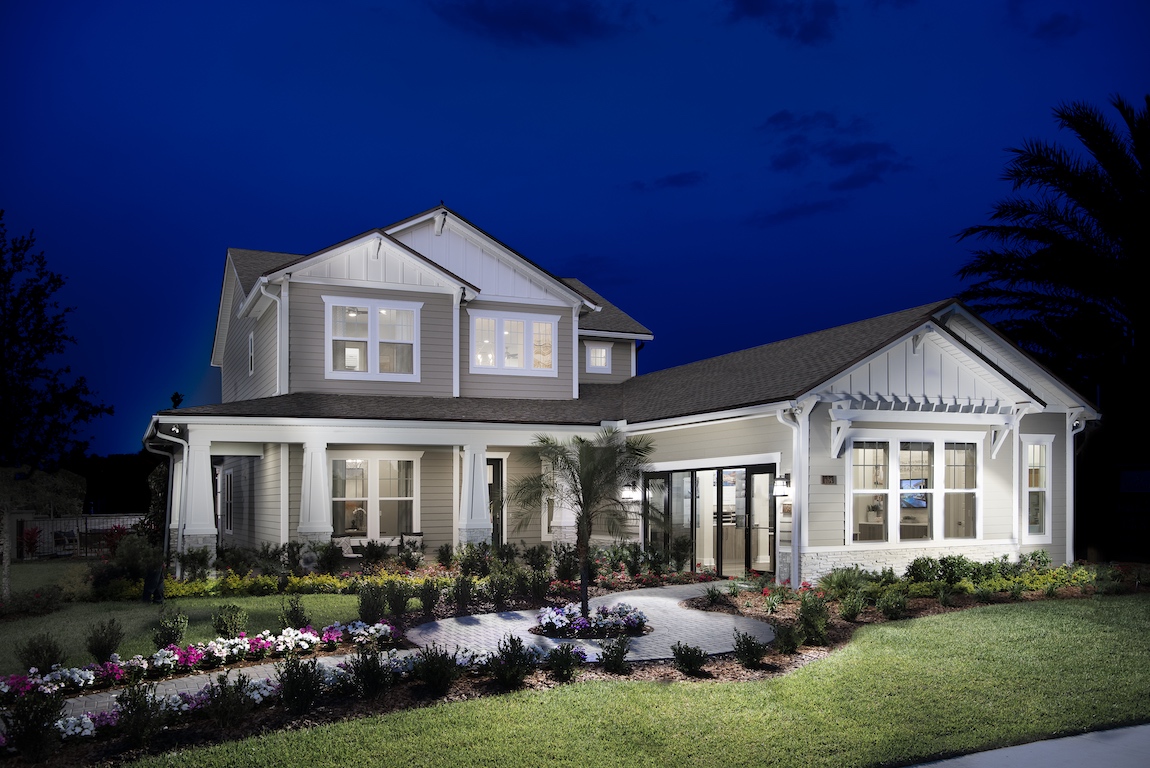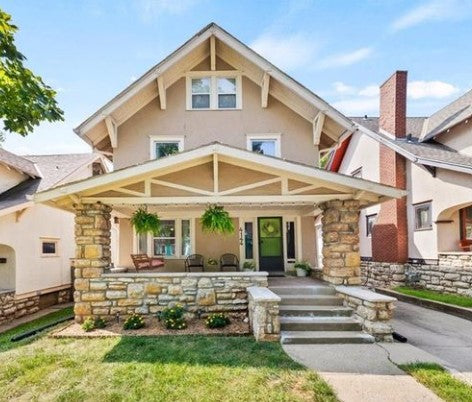Exactly How Architectural Provider Transform Residential Architecture Into Stunning Living Areas
Architectural solutions considerably impact household architecture, transforming basic frameworks into exceptional living rooms. Architects approach each job with an unique point of view, concentrating on site evaluation and customer vision. They use innovative design devices to develop functional designs and appealing looks. This transformative process includes a lot more than visual charm. It elevates questions concerning sustainability, customization, and the developing demands of homeowners. What crucial elements add to this change?
The Function of Architects in Residential Layout
Numerous house owners picture their ideal living spaces, the function of designers in property layout is essential for transforming these visions into truth. Architects bring a special mix of creative thinking and technical expertise, guaranteeing that the style straightens with the homeowner's desires while adhering to regional structure codes and guidelines. They perform comprehensive website analyses, taking into consideration variables such as topography, environment, and area context, which affect the style's expediency and sustainability.
In enhancement, engineers convert abstract concepts into concrete strategies, making use of sophisticated software application to produce comprehensive blueprints and 3D models. Their collaborative strategy often involves involving with customers throughout the procedure, refining styles to far better fit the property owner's way of life and preferences. Ultimately, architects offer as both enthusiasts and issue solvers, balancing aesthetic desires with functionality, to create stunning and useful living areas that resonate with the owners' requirements.
Innovative Layout Ideas for Modern Living
Architects play a pivotal duty not only in understanding house owners' visions but additionally in pushing the borders of what contemporary living can encompass. Ingenious design ideas are increasingly forming domestic style, blending visual appeals with sustainability and capability. Open layout, identified by fluid areas, foster connectivity and versatility, allowing family members to engage with each other in an unified atmosphere. Including biophilic style, which stresses natural environments, enhances health and creates a feeling of tranquility within the home. Smart home innovation is another trademark of contemporary style, seamlessly integrating convenience and power efficiency into life. Additionally, modular and versatile furniture services permit homeowners to customize their living rooms according to their evolving requirements. These cutting-edge principles not only boost the visual charm of homes yet also create an experience that focuses on convenience, sustainability, and a link to the surrounding environment, redefining modern living for today's house owners.
Enhancing Capability and Flow in Home Layouts
How can property owners accomplish a smooth blend of performance and circulation in their living spaces? Architectural services play a crucial function in this undertaking by maximizing formats that advertise convenience of motion and access. By attentively setting up areas and making certain that links in between areas are smooth, designers can produce a harmonious atmosphere.
Incorporating open layout often boosts connection, enabling natural light to filter through and creating a feeling of space. Strategic placement of furniture and fixtures better sustains an effective use space, making sure that each area serves its purpose without feeling confined.
Furthermore, engineers think about web traffic patterns, recommending pathways that decrease barriers and promote a logical series of motion throughout the home. By balancing aesthetics with sensible style elements, architectural solutions allow homeowners to appreciate living areas that are not just visually attractive but additionally extremely useful, improving the overall experience of daily life.
Sustainable Practices in Residential Architecture
Lasting practices in property architecture concentrate on the integration of eco-friendly products and energy-efficient solutions. By prioritizing these components, designers can develop homes that not only lessen environmental effect but likewise boost the well-being of their passengers. This approach shows an expanding commitment to sustainability within the market.
Eco-Friendly Materials Usage

Energy Efficiency Solutions
While lots of home owners seek aesthetic charm, power performance has come to be an essential concern in household design. Architects progressively prioritize sustainable practices by incorporating advanced energy-efficient remedies into their designs. These options consist of proper insulation, energy-efficient windows, and strategically put solar panels, all focused on minimizing power intake. In addition, modern-day home heating and cooling down systems, such as geothermal and solar-powered alternatives, add to decreasing ecological influence while making the most of comfort. Natural ventilation and daylighting techniques are employed to enhance interior air top quality and lower dependence on fabricated lights. By embracing these energy-efficient methods, designers not only benefit homeowners financially via minimized utility expenses but also sustain wider sustainability goals, guaranteeing that living spaces are both stunning and eco liable.
Raising Curb Appeal and Outdoor Spaces

Thoughtful placement of outdoor features, such as patios, decks, and walkways, develops welcoming areas for relaxation and mingling. These components are created to stream seamlessly from the inside, urging a connection between interior and outside living.
Architects also stress the value of illumination-- both functional and decorative-- to highlight architectural information during the night, further boosting the home's appeal. craftsman style house. Overall, these approaches not only improve the visual value of a residential or commercial property yet likewise increase its bankability and pleasure for residents and site visitors alike
Personalizing Insides to Show Customer Lifestyles
Personalization is crucial in creating interiors that reverberate with customers' lifestyles and choices. Architects and developers participate view website in complete consultations to comprehend specific needs, guaranteeing that each area mirrors the property owner's identification. This procedure frequently includes assessing daily routines, hobbies, and household characteristics, which aids in crafting useful yet aesthetically pleasing atmospheres.
Integrating individual components, such as art work, shade systems, and furniture choices, enables a cohesive style that really feels distinctively customized. A home office may feature ergonomic furnishings and inspiring decor that cater to a professional's workflow, while a family members area could focus on convenience and enjoyment choices. - craftsman style house

Frequently Asked Concerns
Just How Much Do Architectural Provider Commonly Cost for Residential Projects?
Architectural services for residential projects generally range from 5% to 15% of the total construction budget. Elements affecting expenses include job complexity, location, and the architect's experience, impacting overall pricing frameworks in the sector.
What Is the Regular Timeline for Finishing a Residential Style Task?
The normal timeline for completing a domestic design project Clicking Here differs yet usually covers from several months to over a year, influenced by factors such as task intricacy, client decisions, and the allowing procedure.
How Do Architects Collaborate With Contractors Throughout Building?
Architects work together with professionals through normal communication, sharing design requirements and attending to difficulties. This partnership warranties that building adheres to the architectural vision, maximizing both performance and appearances while fitting any essential modifications during the structure process.

What Are Typical Mistakes House Owners Make When Hiring an Architect?
Home owners typically ignore the significance of clear interaction concerning their vision, stop working to look into an architect's portfolio and experience, and forget to establish a reasonable spending plan, which can lead to misunderstandings and poor outcomes.
Can Architects Assist With Getting Necessary Licenses and Authorizations?
Architects have competence in guiding via the complex landscape of permits and approvals. They assist in interaction with neighborhood authorities, guaranteeing compliance with guidelines, which simplifies the procedure and minimizes delays for property owners beginning building jobs.